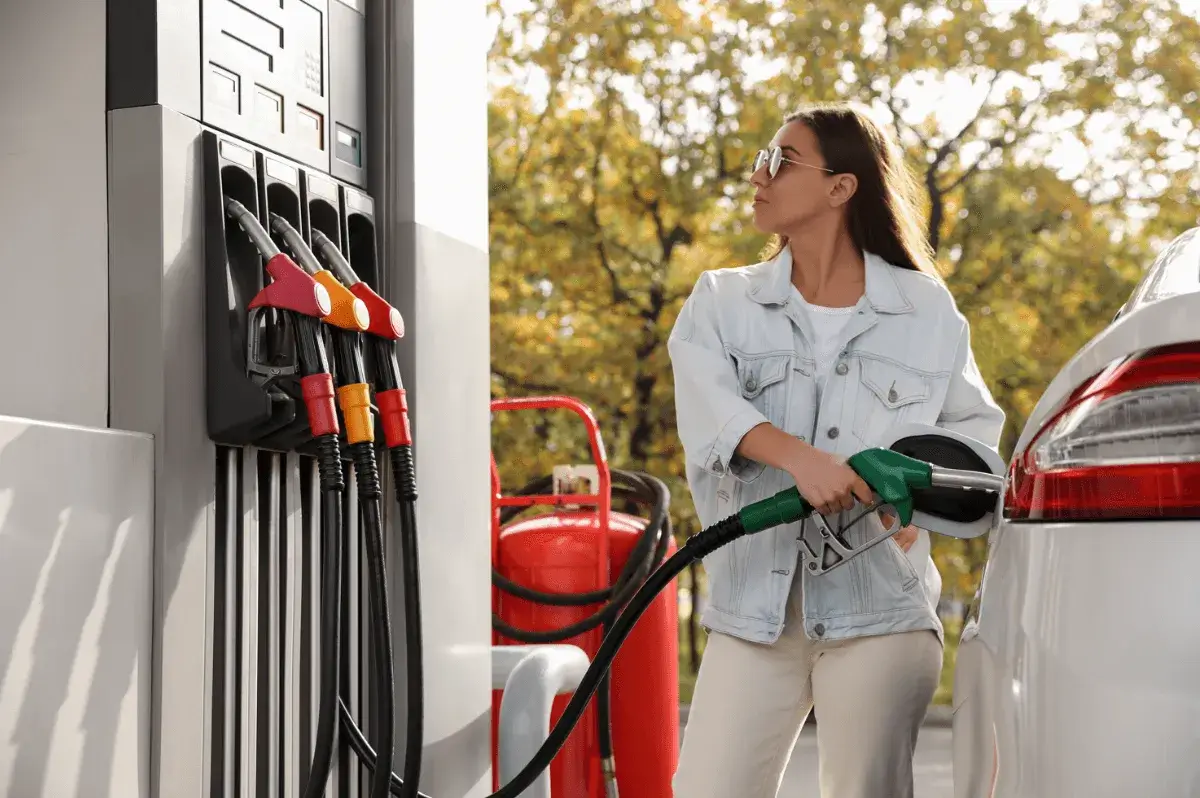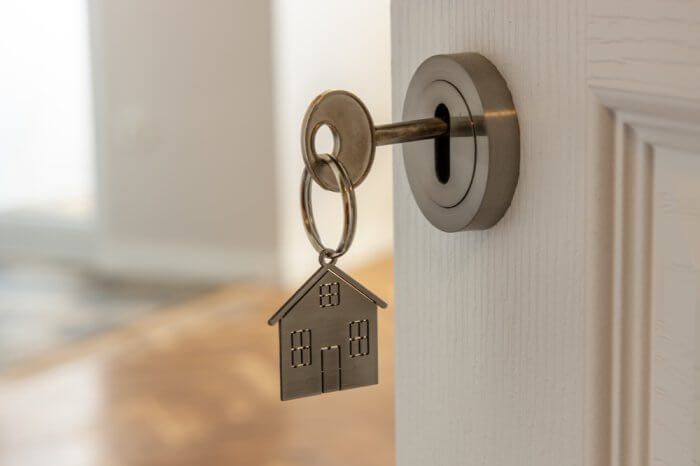
Australian drivers are paying almost double for petrol now than they were last September, new data from Compare the Market shows.
In June, the average monthly spend on petrol in Australia was $192.63 – an increase of $82.05 (74.19%) compared to last September.
That means Australians are forking out around $20 more per week at the bowser now than they were in September – a worrying trend given that the cost of living is increasing across the board.
Compare the Market’s latest Bill Shock Survey found motorists in New South Wales are taking the lead when it comes to soaring fuel prices, now paying an average of $198.35 a month. That’s up $3.67 from April’s average of $188.96 and 74.75% more than last September’s average of $113.50.
It’s hardly a surprise, given that average Sydney fuel prices were as low as $161.2/L in April, but were well above $2/L in June.
However, the survey found that Victorians are paying $3.38 less a month for petrol than they were in April, but still 74.05% ($82.64) more than they were in September.
It’s a similar story in Queensland, where motorists now pay a monthly average of $188.72 – down 8.73% from April’s average price of $206.79 but up 52.93% ($65.32) from what they paid in September.
| Average monthly spend on petrol September 2021 | Average monthly spend on petrol June 2022 | Percentage increase | |
| Nationwide | $110.58 | $192.63 | ^74.19% |
| NSW | $113.50 | $198.35 | ^74.75% |
| QLD | $123.40 | $188.72 | ^52.93% |
| VIC | $111.60 | $194.24 | ^74.05% |
Fuel prices above $2/litre are becoming the new norm for many motorists in Australia, with Compare the Market’s Chris Ford warning that international factors are behind rising costs.
“Oil prices have been rising since mid-May due to increased demand from China, now that their latest round of COVID-19 lockdowns have eased,” Mr Ford said. “The EU bloc also recently confirmed a ban on Russian oil by sea, which is about two-thirds of Russian exports – which has further choked supply.
“While we’re feeling the pinch at the bowser, Aussie drivers are still paying about $1 less per litre than motorists in the UK.”
Since March, Aussie drivers have also some price reductions tanks to excise cuts. According to the Australian Competition & Consumer Commission, prices were slashed by more than 39 cents per litre in Sydney, Melbourne and Brisbane between 29 March and 10 May.
However, 61% of Australians say they’re now shopping around for cheaper fuel, a smart move given that some capital cities report price differences of around 40 cents per litre. Just as the major supermarkets can charge their own prices for identical groceries, Mr Ford said fuel retailers can do the same.
“Prices can often be quite high in areas of increased demand or locations with little competition,” Mr Ford explained. “Other retailers may choose to take a smaller margin at the pump against their wholesale cost to drive more traffic to their site.”
Fuel prices also fluctuate in regular cycles and commuters will see the biggest difference between the cheapest and the most expensive at the start of the cycle, when prices are climbing. Meanwhile, there’s not as much of a difference when the cycle is at its peak.
Mr Ford said there are many ways Australians can track down cheaper fuel prices.
“Using apps like Compare the Market’s Simples Fuel App is an easy way to compare fuel prices in your area and track down a better price near you,” Mr Ford said. “It’s a no-brainer if driving a few minutes down the road could help you save significantly,
“Many roadside assistance programs around the country offer fuel discounts with specific retailers, which is another way to nab a deal. Similarly, check what fuel deals are on offer with your local supermarkets. From discounts on shopping dockets to savings with rewards programs and apps, you may be able to pay even less by keeping these tips in mind.”
Similarly, changing some of your driving habits may help you get more bang for your buck when you fill up the tank.
“For example, accelerating quickly uses more fuel over time, while a heavier load may reduce your car’s fuel efficiency,” Mr Ford said. “We know other things like blasting the air conditioning and heating can eat through your fuel quicker, while lower air pressure in your tyres can increase your overall fuel consumption.”
For more information, please contact:
Chris Ford | 0411 560 116 | [email protected]
Phillip Portman | 0437 384 471 | [email protected]
Compare the Market is a comparison service that takes the hard work out of shopping around. We make it Simples for Australians to quickly and easily compare and buy insurance, energy, travel and personal finance products from a range of providers. Our easy-to-use comparison tool enables consumers to find products that best suit their needs and back pocket






